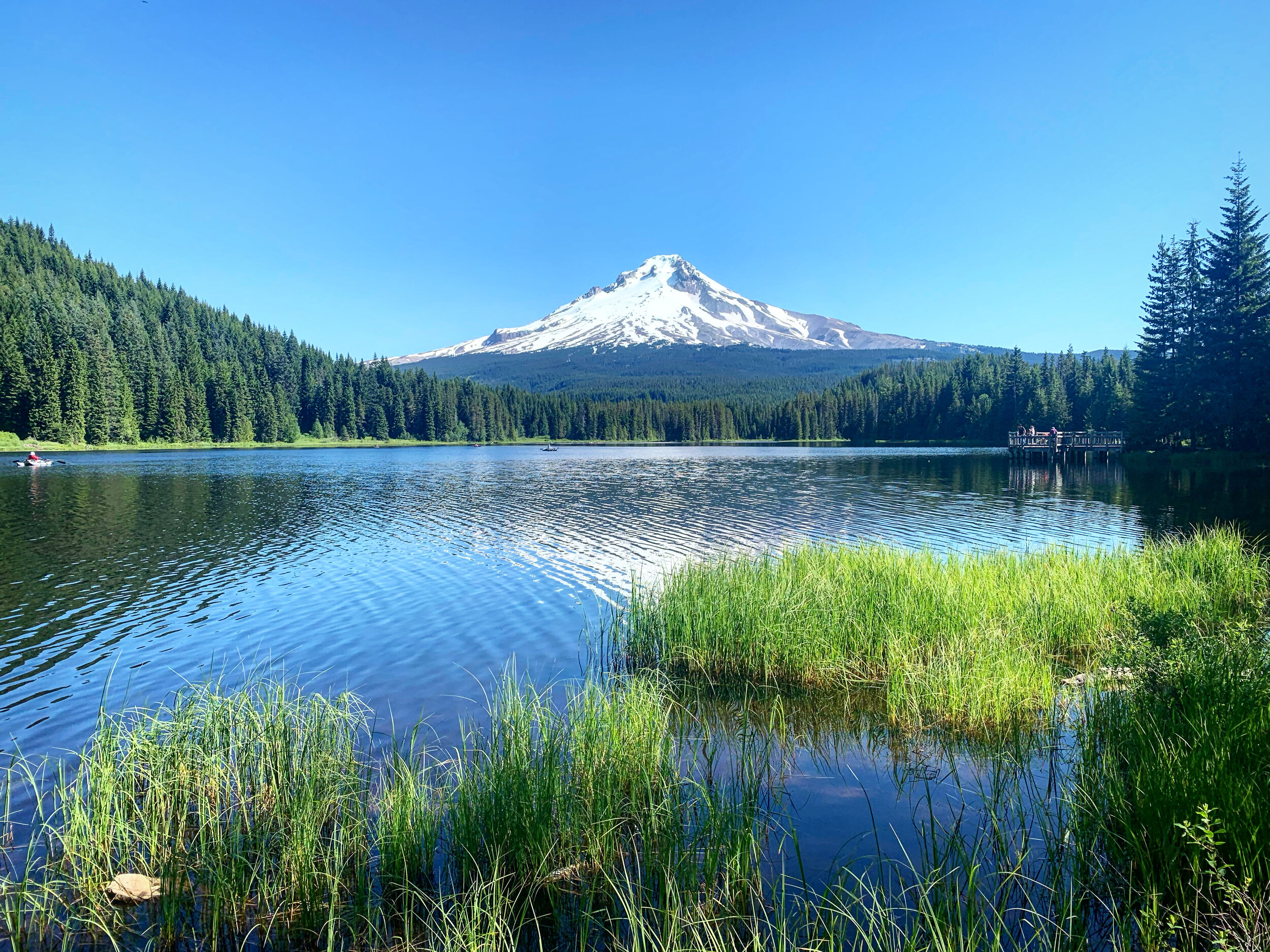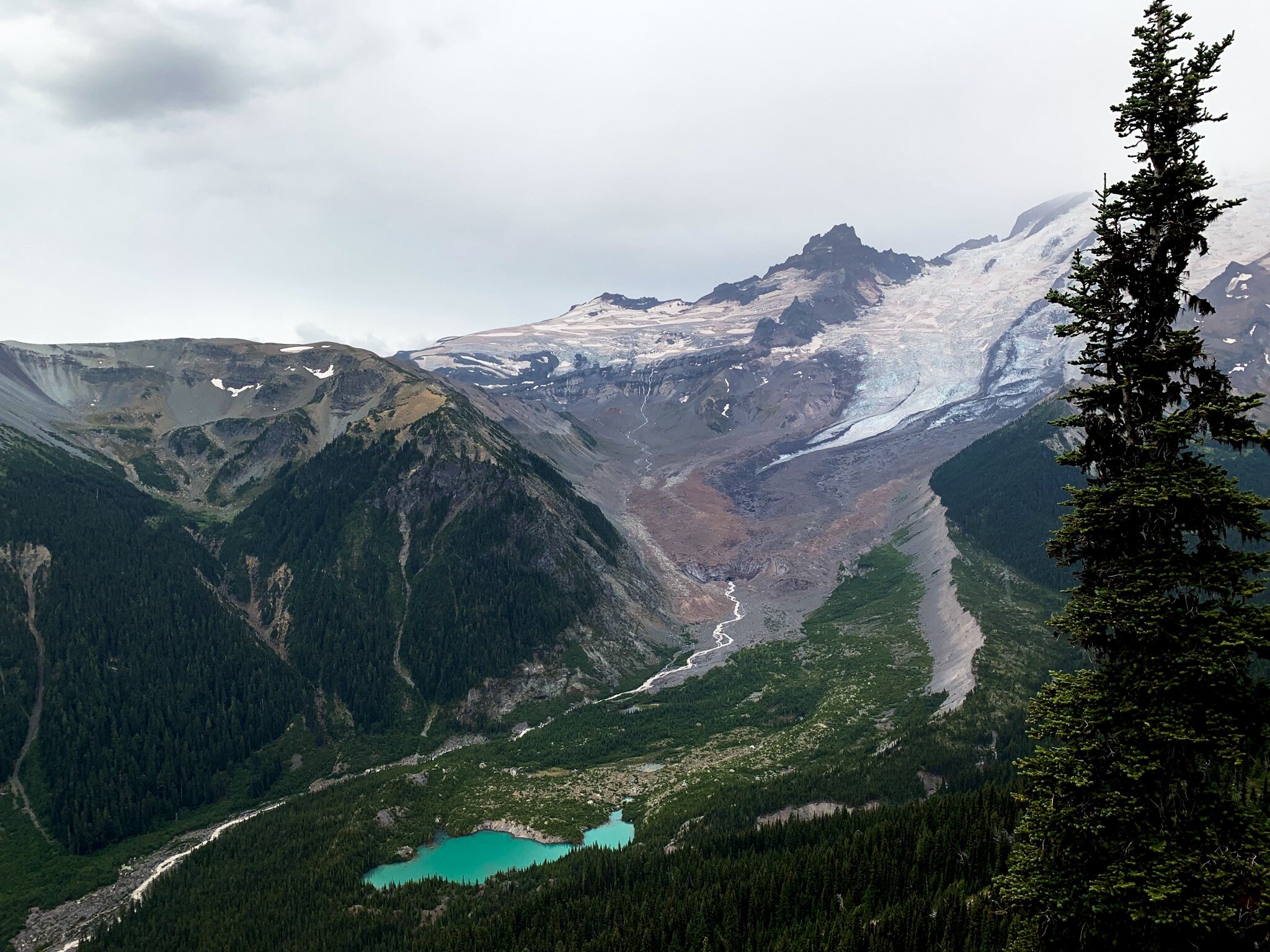PART ONE
This month, Jared, Lassen, and I are staying put to build our new tiny home on wheels, and while I’ll be writing a big post at the end of this giant adventure talking about the whole process, I decided to start a new series while we wait, talking about some of the states I know well, and leading up to a bigger project I’ve been working on in the sidelines. The goal with this series is to talk about the ONE place you should visit if you’ve never been to a state or region. A lot of you are planning road trips, or simply planning domestic travel in general, so if you’re looking for the best place to see what a state has to offer, you’re in the right place. For the first installment of this series, we’re gonna talk about my absolute favorite part of the country: the West Coast, which includes California, Oregon, and Washington.
Olympic National Park, WA
Southern California: Joshua Tree
I decided to split California into two sections because the north and the south are so drastically different from each other. Southern California is known for three things: beaches, cities, and desert. While I could have easily picked a beach for this, I truly think the Southern California desert is one of the most unique places in the country, so, let’s go to one of my favorite National Parks: Joshua Tree.
Joshua Tree is located about halfway between San Diego and Los Angeles, in adjacent to the towns of Joshua Tree and Yucca Valley. It’s also less than an hour from the Salton Sea and Slab City. This unique National Park is home to the largest population of unique Joshua “trees” in the country. The trees are actually part of the agave family, and the oldest is over 300 years old!
What should I not miss?
· Hike Ryan Mountain
· Find the Hall in the Hall of Horrors
· Walk through the Cholla Cactus Gardens
This unique desert is one of my favorite destinations in Southern California, and because of its proximity to other SoCal hotspots, you’ll be able to make a whole road trip out of it!
Northern California: Yosemite
Seriously, if you thought I’d pick anywhere else in NorCal for a first time visitor… you haven’t been to Yosemite! Yosemite is one of the three most famous National Parks in the country (the others being Grand Canyon and Yellowstone), and it’s a hiking, rock climbing, and sight seeing destination for travelers coming from all over the world.
Yosemite is known for its giant rock formations, or monoliths, including El Capitan (which you might recognize from documentaries like Free Solo and The Dawn Wall), and Half Dome. It’s also known for having the tallest waterfall in the Lower 48, which you can hike to the top of.
What should I not miss?
· Drive up to Glacier Point
· Hike the Mist Trail to Vernal Falls
· See Mirror Lake (in the spring and summer only)
· See Yosemite Falls
· Watch the sunset from the meadows over Half Dome
Yosemite was the National Park that made me fall in love with National Parks, and I hope it does the same for you, first time visitor. Have fun, and keep an eye out for black bears!
Oregon: Mount Hood
I easily could’ve picked Crater Lake for this spot, but nowhere in Oregon captures the beauty of the Pacific Northwest quite like Mount Hood. Mount Hood is a National Forest (run by the USFS, not the NPS like Joshua Tree and Yosemite), and it’s home to lakes, rivers, waterfalls, and of course, the famous mountain itself.
The Pacific Northwest is the best place to experience wild nature, and Mount Hood definitely has plenty of that. From opportunities to climb the mountain, to places to relax by the water, to more civilized excursions, like visiting the famous Timberline Lodge for some awesome views, this National Forest has a little bit of everything.
What should I not miss?
· Trillium Lake
· Tamanawas Falls
· Timberline Lodge
Mount Hood is truly a Pacific Northwest destination that will give you the best of Oregon and keep you wanting to come back again and again.
Washington: Olympic
Olympic is truly the place that embodies everything Pacific Northwest. Here, you’ve got the coast, the forests, the mountains, the animals… everything you think of when you think of the PNW, Olympic has it somewhere within the Park boundaries.
Olympic is definitely a difficult place to get to, though, especially if you’re flying into Seattle, rather than driving from Oregon. You will have to either cross the Puget Sound by ferry or drive around it, and then you can decide which direction you’d like to loop around the Olympic Peninsula. Olympic is a huge National Park, but most of the park is wilderness and isn’t accessible by car. This makes it one of the best parks for backpacking in the entire country.
What should I not miss?
· Rialto Beach
· Hoh Rainforest
· Hurricane Ridge for sunset
· Obstruction Point (if you’re not scared of heights)
· Crescent Lake
Olympic is easily one of the most unique National Parks in the country, and one of the places you’re sure to experience the best of the Pacific Northwest in its rawest form.
If you’re a first time west coast traveler, you have so many amazing landscapes to look forward to. So, why not start with one of these and go from there? If you’re looking to travel soon, but have no idea where to start, check out my new consulting services outside of Patreon for new travelers looking to plan a one time trip.

































